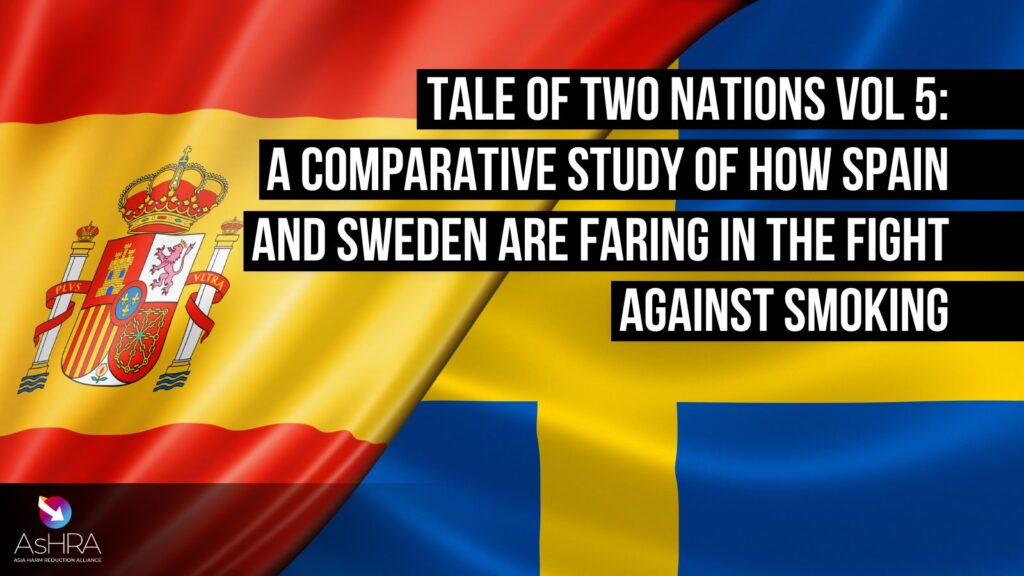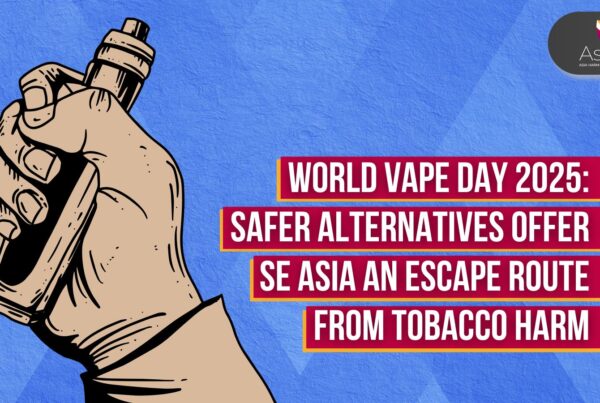Dr. Jindrich Vobořil’s presentation at the New Approaches Conference highlighted the Swedish approach to harm reduction through its legalization of snus, a smokeless tobacco product. Sweden’s case provides a compelling example of how harm reduction policies, when properly implemented, can save lives and reduce public health risks.
Snus was legalized in Sweden largely due to the efforts of a single company, Swedish Match, which successfully lobbied for an exemption from European tobacco regulations. Although the EU has maintained strict prohibitions on smokeless tobacco across the continent, Sweden’s unique stance allowed snus to flourish. The result? A dramatic decline in smoking rates, and with it, reductions in lung cancer and heart disease.

Interestingly, Sweden’s approach to harm reduction began with tobacco and then expanded to other substances—a reversal of the trajectory seen in most countries. Initially resistant to harm reduction in areas like drug policy, Sweden’s embrace of evidence-based tobacco harm reduction has made it a model for the rest of Europe. Today, fewer than 5% of Swedes smoke, thanks in large part to the availability of snus as a less harmful alternative.
Dr. Vobořil argued that the Swedish experience proves that even controversial industries like tobacco can be part of the harm reduction solution if properly regulated. Instead of vilifying tobacco companies, he suggested governments should work with them to develop safer products that can help reduce smoking rates.
In a world where absolute abstinence from all harmful substances is unrealistic, Sweden’s model demonstrates that reducing harm is both achievable and effective.
This article was written with assistance from AI technology based on Dr. Jindrich Vobořil’s presentation at the New Approaches Conference.
Related Posts
 Time to support Filipino vape law, not relitigate it
Time to support Filipino vape law, not relitigate it
Time to support Filipino vape law, not relitigate it
 Greens’ Plan To Legalise Nicotine Vapes Lauded
Greens’ Plan To Legalise Nicotine Vapes Lauded
Greens’ Plan To Legalise Nicotine Vapes Lauded
 Taiwan Vaping Ban Disappointing For Its Many Smokers
Taiwan Vaping Ban Disappointing For Its Many Smokers
Taiwan Vaping Ban Disappointing For Its Many Smokers
More about
Alcohol Harm Reduction
More about





